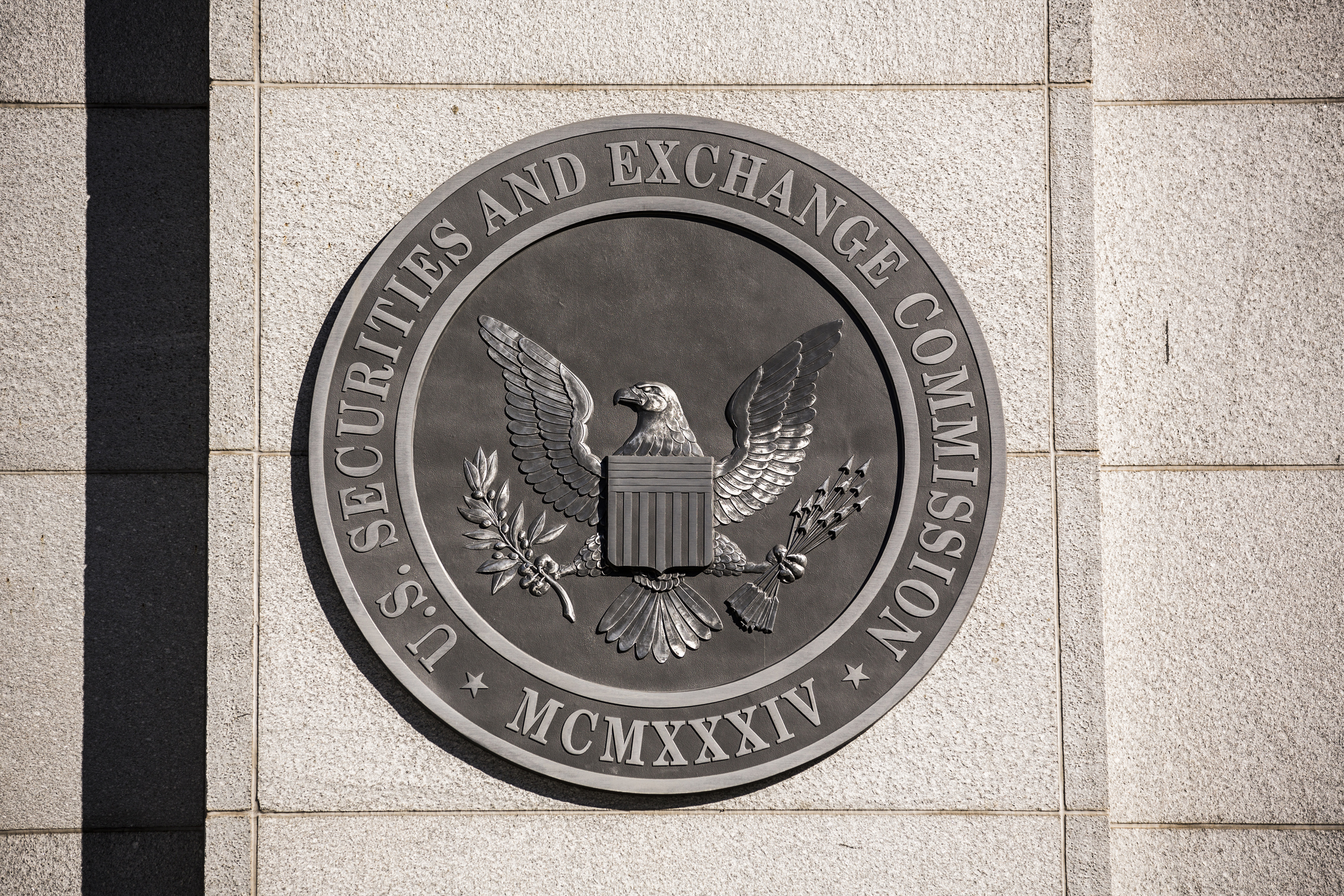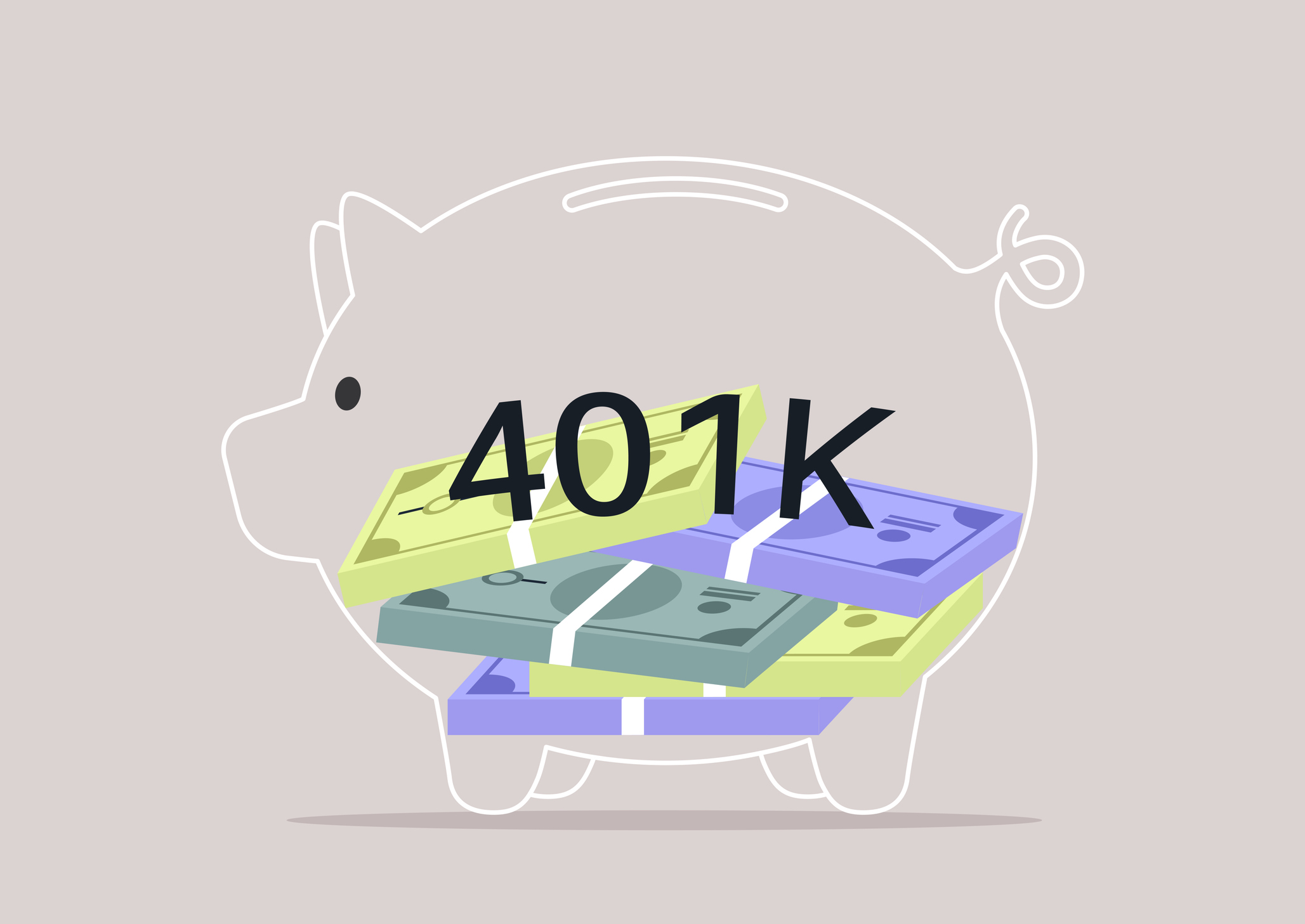Lisa Reed knew just what she wanted in an engagement ring, so she took the search out of her fianceacute;'s hands. Lisa says several local stores in Honolulu were asking about $7,900 for a nearly flawless, just-shy-of-a-carat diamond ring. But Lisa, who's a cop, knew better than to stop her investigation there. She hit the Web and found a similar ring from online retailer Blue Nile for only $4,263 (and her fianceacute;, Peter Bracknell, paid the piper). "It looks absolutely brilliant," says Lisa. "It blinds you."
In an industry famous for high markups and perpetual closeout sales, diamond e-tailers have brought clarity and competition to pricing jewelry. Says Scott Devitt, a senior analyst at Legg Mason: "They expose diamonds for the commodities they are."
| Row 0 - Cell 0 | Five Smart Steps to the Altar |
| Row 1 - Cell 0 | Slide Show: Weddings in Black and White |
| Row 2 - Cell 0 | Backyard Weddings |
| Row 3 - Cell 0 | Ten Questions to Ask Before Saying 'I Do' |
| Row 4 - Cell 0 | Six Money Mistakes of Newlyweds |
E-tailers' costs are lower than for local jewelers because they spend less on labor and leases, and they keep their inventories lean. Compare Blue Nile with Zale Corp., which runs Zales stores, Bailey Banks Biddle and other brick-and-mortar chains. For every dollar that Blue Nile pays suppliers for stones and settings, it sells finished baubles for $1.30. But for every dollar Zale hands suppliers, it sells items for $2. Zale also stocks its merchandise for months before it sees a dime from customers, while Blue Nile orders merchandise only after customers pay. As a result, it has to keep items in inventory for only a matter of days.
From just $107.88 $24.99 for Kiplinger Personal Finance
Become a smarter, better informed investor. Subscribe from just $107.88 $24.99, plus get up to 4 Special Issues

Sign up for Kiplinger’s Free Newsletters
Profit and prosper with the best of expert advice on investing, taxes, retirement, personal finance and more - straight to your e-mail.
Profit and prosper with the best of expert advice - straight to your e-mail.
The minute Lisa placed her order, Blue Nile bought her rock from a New York cutter, who shipped it overnight to Blue Nile's 13,000-square-foot warehouse in Seattle. There, a bench jeweler, peering through a magnifying visor and using files, pliers and hammers at a small desk packed with tool-laden drawers, married the diamond to its setting. Other workers bathed the finished ring in a tiny hot tub, blasted it with steam and packed it in a wooden box, inside a blue-and-silver box, inside a cardboard shipping box. It was then ferried on a rackety conveyor belt to FedEx for overnight delivery. The whole process took just three days.
The procedure is similar at other e-tailers, which as a group rang up about $340 million in engagement-ring sales in 2005. Most of those sales were to men, who, in general, love the Web way of jewelry-shopping more than women do.
The new C
Skittish about buying baubles without seeing them in advance? That's an understandable hang-up. But this winter many of the best grading reports -- a cross between spec sheets and report cards for diamonds -- have added a measure that sums up a diamond's brilliance and sparkle and allows for easy comparisons among stones.
This cut grade differs from the cut -- one of the famous four c's that also include carat weight, clarity and color. Cut has long been listed on reports, and it speaks to a stone's shape and style, such as round or square, plus a few other measures. But, says Reneacute;e Newman, author of the Diamond Handbook, "cut doesn't tell you if you'll see brilliance and sparkle across the stone when you look at it face up."
Cut grade does. Stones with similar characteristics should be priced similarly, says Robert Hensley, a former diamond dealer who is co-owner of FindMyJeweler.com, a jeweler-rating service. If you find a stone priced less than like-rated stones, it's a bargain.
You'll find cut grade on reports from the Gemological Institute of America (GIA), via its Gem Trade Laboratory. The GIA's cut grades use a five-point scale from poor to excellent. Cut grade actually debuted on reports from the GIA's smaller rival, the American Gem Society. AGS Laboratories scores diamonds for cut grade on a scale from zero to ten, with ten being the worst. Reports from the AGS and the GIA are "the gold standard of U.S. laboratories," says Martin Rapaport, who publishes the trade's best-known wholesale-price lists. So if you're in the market for a big rock, be sure it's been graded by one of the two labs.
So far, the GIA is giving its cut grades only to select round diamonds -- the most popular cut for engagement rings -- and not to stones in other cuts, such as pear and marquise. The AGS awards cut grades to select round and square-cut diamonds. Both labs say they may soon expand the grading system to other cuts.
Best e-tailers
When selecting an e-tailer, you want one with access to a wide selection of diamonds, as well as responsive customer service, generous return policies and low prices. We used those criteria to size up the leading sites: Amazon.com, BlueNile.com, Diamonds.com, Ice.com, JamesAllen.com, Overstock.com and Whiteflash.com.
Our overall bling-buying pick is Blue Nile. It can tap a pool of 60,000 diamonds and scores of settings, and the store lets you return an item 30 days from the day it ships. Most calls are answered within ten seconds by an employee in Seattle. And its prices are among the lowest. For example, it was recently charging $6,592 for a 1-carat round stone of good but not flawless quality, which beat other sites' prices for similar stones.
For custom work, Whiteflash.com is the lord of the online rings. Unlike many e-tailers, Whiteflash customizes nearly half its jewelry. Kevin Dolorico, a Web operations analyst in New York City, exchanged designs by e-mail with Whiteflash when he was shopping for an engagement ring last spring. Dolorico wanted a ring that combined the head from one standard setting with the shank of another. Whiteflash nestled a 1.34-carat diamond that was graded good but not flawless in Dolorico's ideal setting. His fianceacute;e, Janelle De Rivera, was dazzled, and he was pleased with the roughly $6,000 price. When he asked a gemologist to appraise the ring's value, he was told that an equivalent piece from a local jeweler would cost about $9,000.
Whiteflash's return policy for custom work is that you can't bring it back unless there's an error (exceptions apply to partly customized work). For loose stones and standard settings, Whiteflash offers a full refund ten days from receipt for any reason -- including if you propose and she turns you down.
Whiteflash has less inventory (about 1,000 stones) and typically charges higher prices than Blue Nile and many other e-tailers. But Whiteflash trumps brick-and-mortar jewelers on price, and it offers a trade-up program that Blue Nile and most other online rivals don't match: Swap your rock for a higher-priced one at any time, paying the difference between your new diamond and your trade-in.
For jewelry buyers who want an inexpensive rock and a personal touch, help may be on the way. EDB's Diamond Showroom of Cincinnati plans to open brick-and-mortar satellite stores nationwide. Each store will have only a few gems behind its counter but 3,900 stones displayed on monitors via its new Web site (www.edbsonline.com). The first 1,200-square-foot store will open in Sarasota, Fla., this winter.
Five Measures of Perfection
CARAT refers to a diamond's weight, not its size.
Fact: A carat is one-fifth of a gram.
Tip: A lighter rock will likely fetch a lower price per carat, but that 0.9-carat diamond will sparkle more than a 1.0-carat example if the cutter trimmed its excess weight correctly. The lesson: Heavier isn't always better.
CLARITY is the degree to which a diamond is free of flaws.
Fact: Flaws cut a gem's price.
Tip: The naked eye would easily see the flaws in a stone with the GIA's clarity code of I2. A non-gemologist using a magnifying lens would have difficulty seeing flaws in a diamond graded VVS1.
COLOR refers to a diamond's transparency.
Fact: As a rule, the more transparent the ice, the higher its price.
Tip: Compromises on color may escape unnoticed. A nearly colorless stone will look the same to an untrained eye as a colorless stone (with a higher grade) but will cost less.
CUT refers to a diamond's shape and style.
Fact: A diamond's shape (round or square, for example) and style (such as brilliant, with facets radiating outward) are factors that together make up the stone's cut.
Tip: Cut can make a diamond appear larger or smaller than its carat weight.
CUT GRADE (NEW) judges brilliance and sparkle, plus other factors.
Fact: Cut grade is the most important indicator of a diamond's wow effect. Fewer than 5% of diamonds on the market would earn high marks if given a cut grade.
Tip: Stones with similar cut grades should be priced about the same.
Profit and prosper with the best of Kiplinger's advice on investing, taxes, retirement, personal finance and much more. Delivered daily. Enter your email in the box and click Sign Me Up.
-
 'Humbug!' Say Consumers, Despite Hot GDP: Stock Market Today
'Humbug!' Say Consumers, Despite Hot GDP: Stock Market Today"The stock market is not the economy," they say, but both things are up. Yet one survey says people are still feeling down in the middle of this complex season.
-
 The SEC Is Concerned for Older Investors and Retirement Savers. Here's What You Should Know
The SEC Is Concerned for Older Investors and Retirement Savers. Here's What You Should KnowThe SEC focusing on older investors, retirement and college savers, and private securities. Here's how those changes impact you.
-
 Vesting, Catch-Ups and Roths: The 401(k) Knowledge Quiz
Vesting, Catch-Ups and Roths: The 401(k) Knowledge QuizQuiz Test your understanding of key 401(k) concepts with our quick quiz.
-
 9 Types of Insurance You Probably Don't Need
9 Types of Insurance You Probably Don't NeedFinancial Planning If you're paying for these types of insurance, you may be wasting your money. Here's what you need to know.
-
 21 Last-Minute Gifts for Grandparents Day 2025 to Give Right Now
21 Last-Minute Gifts for Grandparents Day 2025 to Give Right NowHoliday Tips Last-minute gifting is never easy. But here are some ideas to celebrate Grandparents Day.
-
 Texas Sales Tax-Free Weekend 2025
Texas Sales Tax-Free Weekend 2025Tax Holiday Here's what you needed to know about the Texas sales tax holiday.
-
 Alabama Tax-Free Weekend 2025
Alabama Tax-Free Weekend 2025Tax Holiday Here’s everything you need to know about the 2025 back-to-school Alabama sales tax holiday.
-
 Amazon Resale: Where Amazon Prime Returns Become Your Online Bargains
Amazon Resale: Where Amazon Prime Returns Become Your Online BargainsFeature Amazon Resale products may have some imperfections, but that often leads to wildly discounted prices.
-
 The Sweet 23: States Where Twix and Kit Kat Avoid the ‘Candy Tax’
The Sweet 23: States Where Twix and Kit Kat Avoid the ‘Candy Tax’State Taxes There’s something spooky this Halloween, and it’s not just the ghouls. Find out if your state’s sales tax takes a bite out of sweet savings.
-
 Florida Back-to-School Tax-Free Holiday 2025
Florida Back-to-School Tax-Free Holiday 2025Sales Taxes The new tax-free holiday in Florida brought month-long savings on computers, clothing and other school supplies.
-
 Roth IRA Contribution Limits for 2026
Roth IRA Contribution Limits for 2026Roth IRAs Roth IRAs allow you to save for retirement with after-tax dollars while you're working, and then withdraw those contributions and earnings tax-free when you retire. Here's a look at 2026 limits and income-based phaseouts.